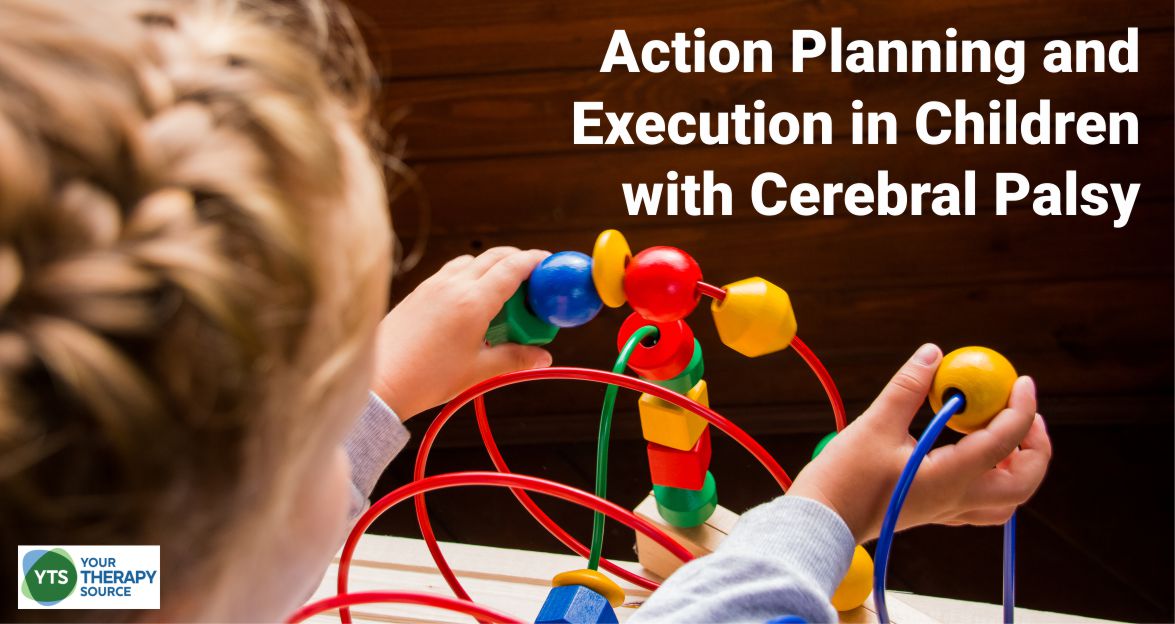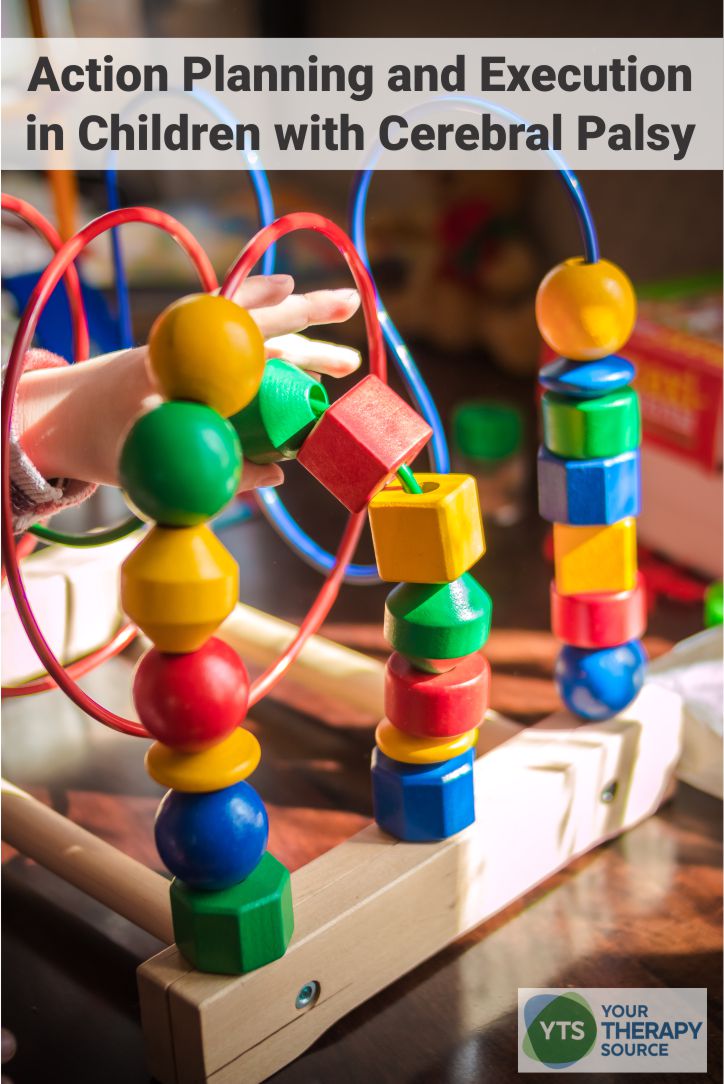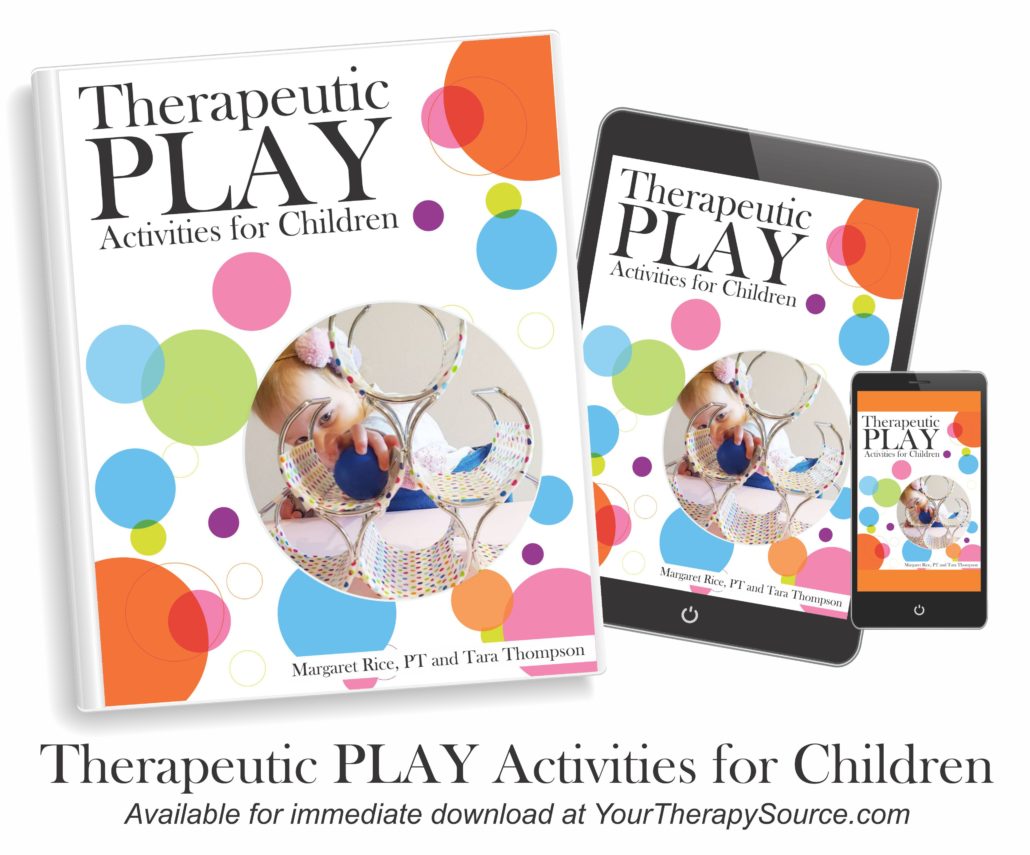Action Planning and Execution in Children with Cerebral Palsy
 Action Planning and Execution in Children with Cerebral Palsy
Action Planning and Execution in Children with Cerebral Palsy
Research in Developmental Disabilities published research on action planning and execution in children with cerebral palsy. The goal of the study was to determine the differences in anticipatory visual patterns between 13 children with hemiplegic cerebral palsy (average age 6.8 years) and 15 typically developing children (average age 5.8 years). In addition, visuomotor coordination was assessed in the children with hemiplegic cerebral palsy.
Each child participated in the experimental valid action-planning task, which consisted of initially reaching and grasping an object placed at a fixed position, followed by placing the object in a random target position. The visual patterns and arm motions of the children were recorded using a head-mounted eye tracker system and motion capture.
Results of the Study on Action Planning and Execution in Children with Cerebral Palsy
- the children with hemiplegic cerebral palsy had delayed anticipatory gaze time and longer latency than the typically developing children during the planning and execution phases.
- the children with hemiplegic cerebral palsy also had a higher frequency of gaze shifts, longer reaction times and movement times than the typically developing children.
The researchers concluded that impaired anticipatory visual control potentially affects the planning of goal-directed action in children with hemiplegic cerebral palsy. This impairment is also related to deficits in the integration of vision with motor output. The researchers recommend that visuomotor coordination should be considered when assessing and treating motor impairments in children with hemiplegic cerebral palsy.
Read more:
Motor Planning and Cerebral Palsy
Hand-Arm Bimanual Intensive Therapy and Motor Planning
50 Bimanual Activities of Daily Living and get a FREE Printable!
Research Review on CIMT and Bimanual Therapy for Children with Cerebral Palsy
CIMT, Bimanual Therapy, and OT Home Programs
5 Ideas to Practice Motor Planning
Therapeutic Play Activities for Children digital download includes 100 play activity pages and 12 tip sheets. The play activities encourage the development of fine motor skills, bimanual skills, rolling, crawling, tall kneeling, standing balance and cruising with a strong focus on children with cerebral palsy. FIND OUT MORE INFORMATION.
Reference: Surkar, S. M., Hoffman, R. M., Davies, B., Harbourne, R., & Kurz, M. J. (2018). Impaired anticipatory vision and visuomotor coordination affects action planning and execution in children with hemiplegic cerebral palsy. Research in Developmental Disabilities, 80, 64-73.




